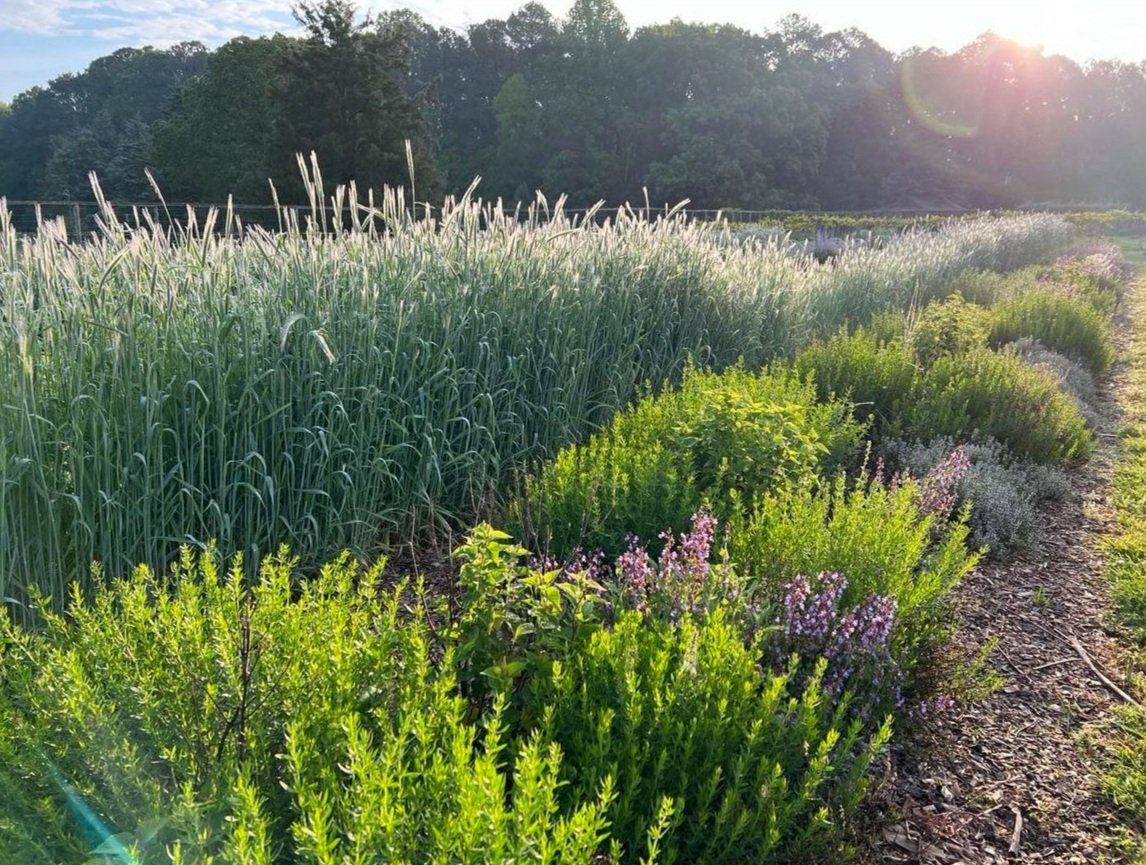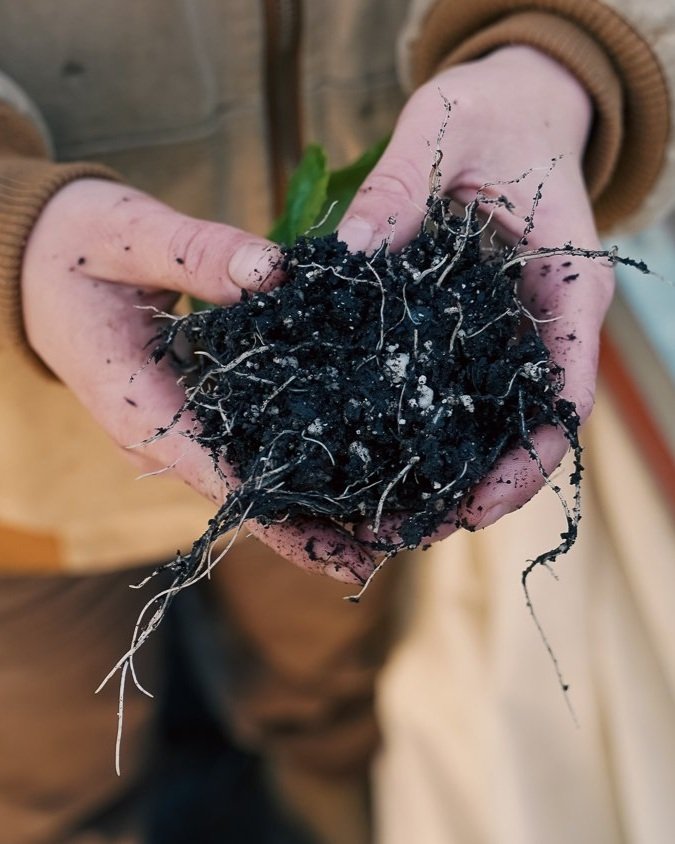Field Notes: Farming by the Numbers
It’s crop planning season!
Now is the time when we dig back into last year to review how we did: how much were we able to donate or sell? Which crops did well, and which ones were busts? How many bunches of flowers did we sell? How much were we harvesting every month? What did the most recent soil test tell us?
All of this information is incredibly important as Jamie, our farm manager, plots out the crop plans for 2024. Every foot of row space is precious, and it’s a giant jigsaw puzzle to balance what goes where. We’re not just thinking about crops for harvesting, though; we’re also picking crops that benefit pollinators, contribute to our soil health, and have an educational value.
Would it be more straightforward to focus on just one crop at great scale? Maybe - and plenty of farmers do (it’s called monoculture farming), but volume isn’t our only goal. We want to maximize our yields within our space while balancing several other important contexts.
Here are a few other areas of measurement.
Ecological Impact:
Soil health: Every year, we test our soil to determine if we’re on the right track for building healthy soil. We pay attention to the mineral and pH levels to help guide what we should plant, and we also watch the long-term trends of things like the percentage of organic matter that’s present. (This metric is used as one measure soil health by regenerative farming practitioners.) Since we started testing, we’ve increased the organic matter in our soil by 66%. We’re hoping to see this number continue to increase.
Cover cropping and crop rotation: These are two techniques used to protect and build soil health.
A cover crop is a plant grown with the primary goal of helping the soil - not generally for harvest. The crops prevent erosion, attract pollinators, and can put nutrients back into the soil that other crops may have removed. Often they are mowed or crimped, and their matter becomes mulch for future crops. Last year we planted pearl millet, crimson clover, and rye throughout the beds at different points in the year.
Crop rotation is the practice of moving the location of where you grow certain plants each year to better balance the nutrients in the soil.
Biodiversity: Nature hates a monoculture. Monocultures interrupt natural cycles, and have impacts on not just the soil, but also the water and the wildlife. In addition to planting a wide variety of plants for harvest (see below), we also manage a large number of perennials, including trees, shrubs, and grasses, all of which help to create a balanced system.
Community Impact:
Donation quantity: We want to provide as much fresh produce to our community partners as we can, and we grow year-round in order to keep a steady supply going out our farm gates. Last year, we donated just shy of 7,500 pounds of produce to Inter-Faith Food Shuttle.
Diversity of donations: Would you want to eat only one thing for every meal? Definitely not! We focus on growing a wide variety of crops, not only for the ecological benefits, but because a varied diet is a well-balanced diet. Last year, we donated 35 different types of produce (with multiple varieties within each type). We also donated or sold 52 different varieties of flowers and herbs.
Fundraising: In addition to growing for donation, we use our farm’s production as a fundraising tool for other organizations. Our flower farming is particularly important here because we can harvest intensively off of a relatively small area, and flowers sell for higher prices than food (we’ll save our feelings about how backwards this is for another time). Last year, we raised $6,500 for Passage Home through our wholesale flower sales. We raised an additional $2,000 through wholesale produce sales, for a combined total of $8,500.




